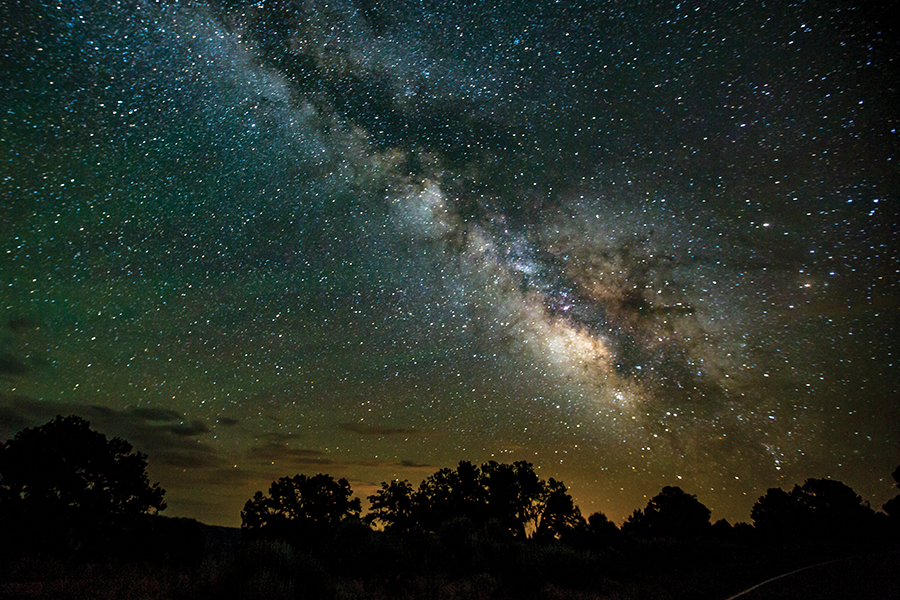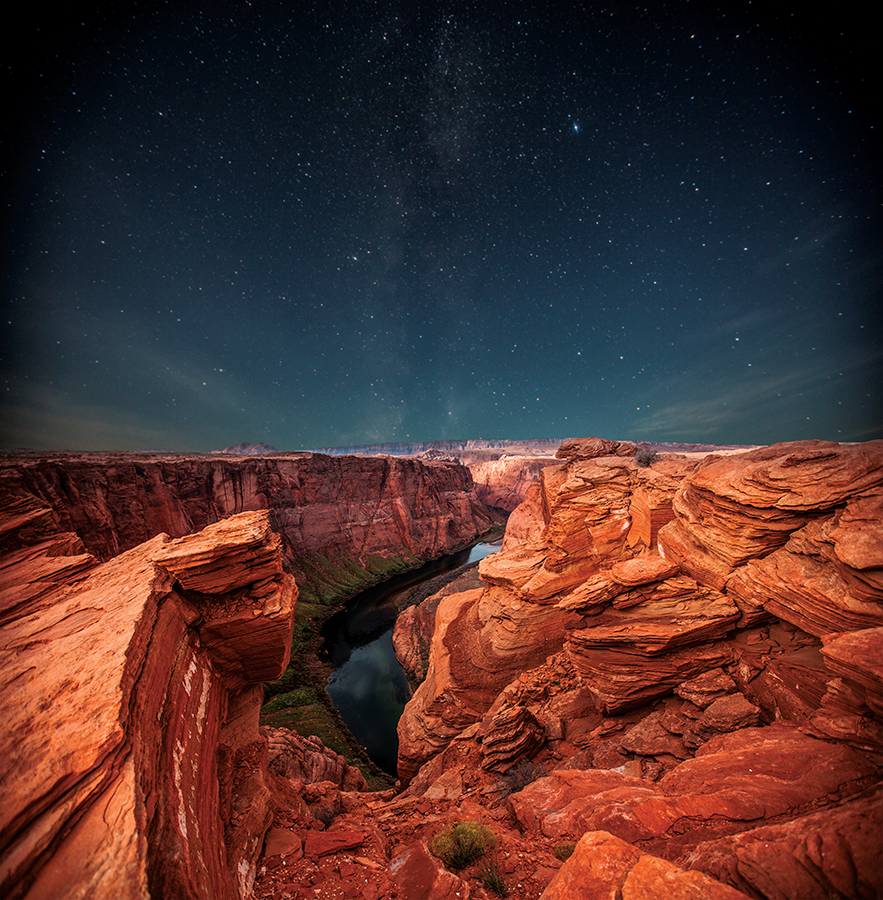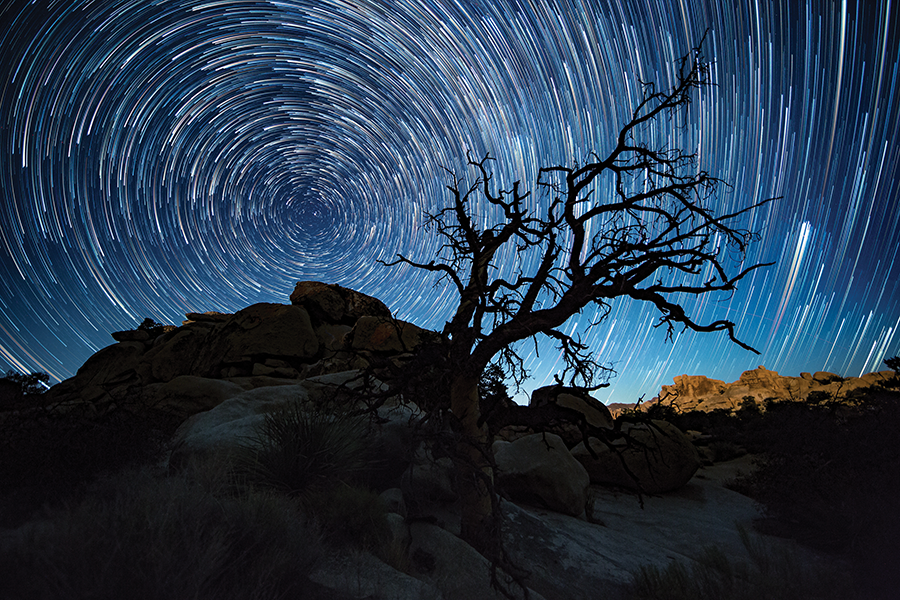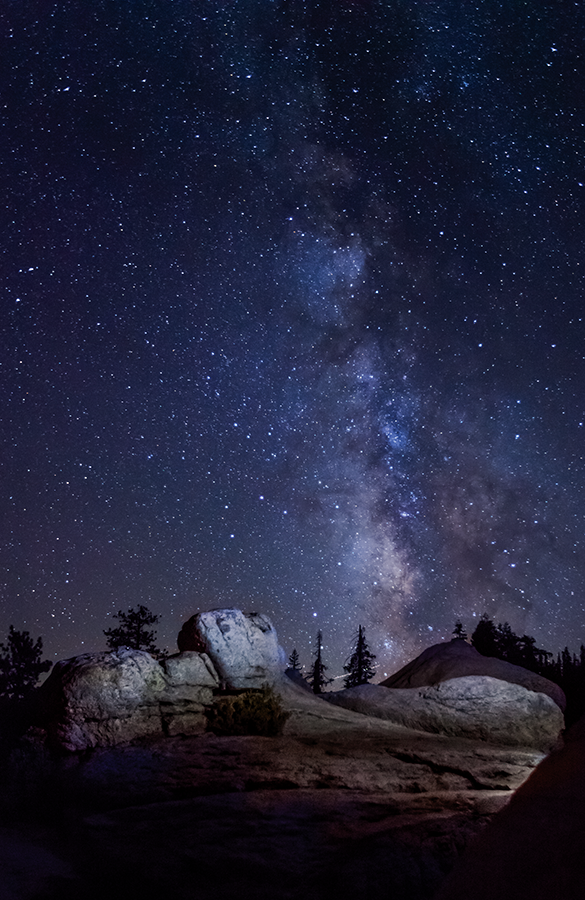

6501 E Belleview Ave Ste 500
6501 E Belleview Ave Ste 500
Cosmic Conservation
Dark sky parks help preserve our celestial skies
The brilliance of the night sky has inspired countless souls throughout the ages. But in the modern day, though the stars still shine each evening, seeing them in full array is an increasing challenge. It’s estimated that 80% of the world now lives under skyglow — or the brightening of the night sky as a result of light pollution.
Dark Sky Parks offer the opportunity to witness the wonder of the night sky in its full glory — and we have many right here in the U.S. Grab your telescopes as we take a closer look into these Dark Sky Parks, plus discover helpful travel insights for your journey.
What is a dark sky park?
The term Dark Sky Park is recognition given to a public or private land by the International Dark-Sky Association (IDA). The IDA seeks to conserve the beauty of starry skies by guarding lands from light pollution and educating communities on healthier and more sustainable lighting solutions.
Dark Sky Parks offer the opportunity to witness the wonder of the night sky in its full glory — and we have many right here in the U.S. Grab your telescopes as we take a closer look into these Dark Sky Parks, plus discover helpful travel insights for your journey.
The IDA’s International Dark Sky Places Program (IDSP) works in several different areas: International Dark Sky Communities, parks, reserves and sanctuaries, as well as Urban Night Sky Places. There are nearly 200 certified IDSPs around the world.
Travel tips for exploring dark sky parks
A visit to a Dark Sky Park is sure to be a dazzling evening of memories that will last a lifetime, and doing a bit of planning beforehand can help you make the most out of your trip. For example, what are you hoping to see? A full moon, a planet or perhaps a meteor shower? There are many guidebooks, online resources and apps that can help you chart your course. And don’t forget to check the weather! Clear visibility is key.
You’ll also want to make sure you understand the terrain of your destination and bring any necessary supplies. As you’ll see in our list of U.S. Dark Sky Parks, for some you may need warm clothes for crisp desert evenings, and for others you may need to stock up on mosquito spray. Solid walking or hiking shoes are always a good idea, and you might want to bring a comfy chair: you’ll be looking up for a long time!
From coast to coast, these stellar U.S. Dark Sky Parks are sure to astound and amaze.
Most parks will also request the use of red lighting for flashlights and campsites, as it minimizes disturbance to the night views. And be mindful if there are astrophotographers nearby, as any additional light can affect photo quality. Contact your park before you arrive to learn all about their stargazing protocols.

DINOSAUR NATIONAL MONUMENT, UTAH AND COLORADO
Dinosaur National Monument actually spans regions in both Utah and Colorado, at a scale of over 200,000 acres. A visit to this incredible park holds treasures in the sky and on earth: the park is home to some of the most well-preserved dinosaur fossils in the world. Campsites can be found throughout the park in both the Utah and Colorado regions. Plus, it may not just be stars in the sky that you spot — keep an eye out for the International Space Station soaring past!
GRAND CANYON NATIONAL PARK, ARIZONA
With its vast wilderness and incredible rock formations, it’s no wonder you’ll find prime viewing of starry skies at the Grand Canyon. The Grand Canyon is a travel bucket list destination for many, and you can add it to your stargazing goals, too, as the park also offers many helpful programs for astronomers of all experience levels. Grand Canyon National Park provides constellation tours, an Astronomer-in-Residence program and an annual star party.


JOSHUA TREE NATIONAL PARK, CALIFORNIA
Joshua Tree National Park has long mesmerized travelers with its epic landscapes and iconic Joshua trees — and, at night, the park is illuminated by countless stars. Stargazers can book a campsite and toast marshmallows under the heavens. (Pro tip: according to the National Park Service, the Cottonwood Campground has the clearest visibility.) The Sky’s the Limit Observatory and Nature Center, located just outside the park, also offers workshops and a monthly Lunar Club.
KISSIMMEE PRAIRIE PRESERVE STATE PARK, FLORIDA
The Milky Way and the silhouette of palm trees: now that’s a Florida photo! Kissimmee Prairie Preserve State Park received its recognition as a Dark Sky Park in 2016, and is also the first state park in Florida to build its own astronomy pad. With a subtropical climate, Kissimmee Prairie Preserve can offer brilliant stargazing opportunities year round. You may even be able to see rocket launches from the Kennedy Space Center.


GLACIER NATIONAL PARK, MONTANA
Montana’s Glacier National Park, together with Waterton Lakes National Park in Alberta, Canada, makes up the world’s first international peace park, and the IDA’s first Dark Sky Park spanning an international border. With incredible landscapes, abundant wildlife and, of course, awe-inspiring night skies, this expansive region (over a million acres) is one dynamic duo! Collectively, the Waterton-Glacier International Peace Park is also a UNESCO World Heritage Site.
Kelly Ellis
Realtor®

6501 E Belleview Ave Ste 500
Englewood, CO 80111
303-921-5420
[email protected]
https://ellisrealestate.net
I’d love to hear from you! Feel free to send me a message.
Kelly Ellis
Realtor®

